Xi’an City Wall, also known as the Fortification of Xi’an, is the most complete and the best-preserved ancient wall in China constructed in the 14th century,
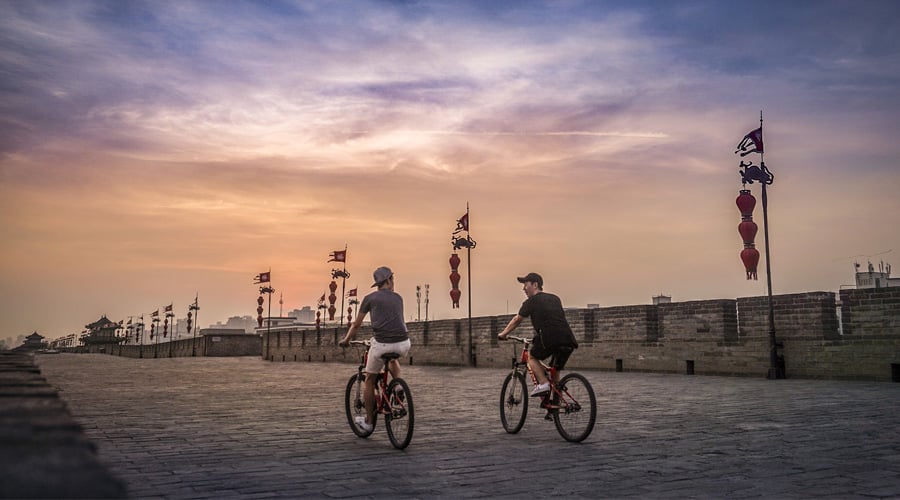
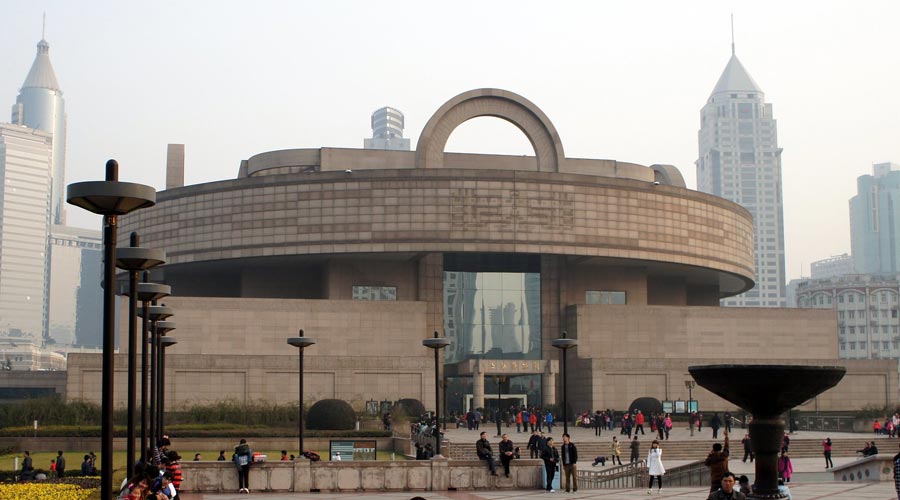
Established in 1952, the Shanghai Museum displays a huge collection of Chinese cultural artworks and artifacts with over 120,000 pieces.
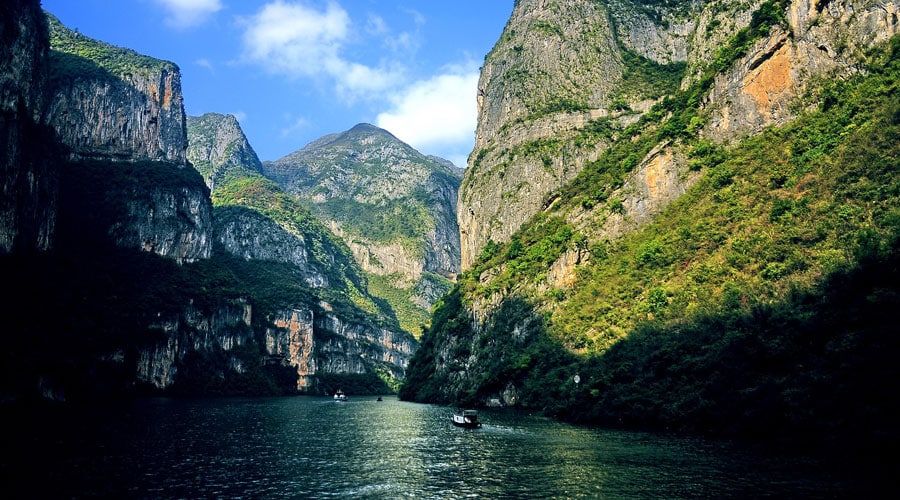
Three Gorges area is a spectacularly scenic spot in the middle reaches of Yangtze River including Qutang Gorge, Wu Gorge, and Xiling Gorge
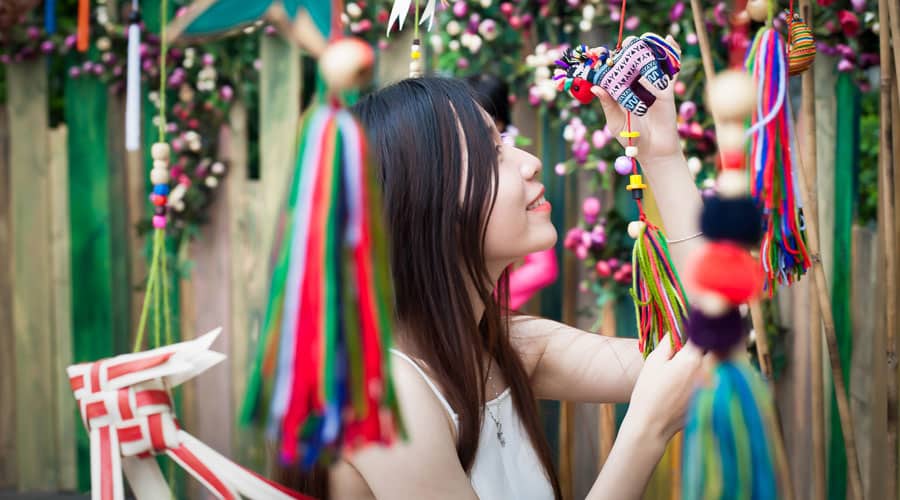
The most amazing Chinese Holidays and Festivals include Chinese New Year, Tomb Sweeping Day, Ghost Festival, China National Day, Mid-Autumn Festival, etc.
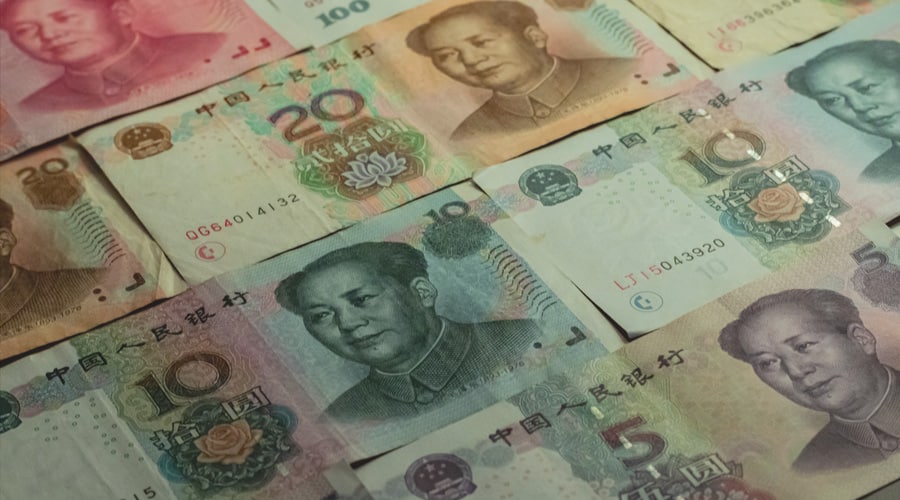
Chinese currency is the Renminbi, which literally means “people’s currency” with the sign “¥” and the code “CNY” or “RMB”, which is the official currency of the People’s Republic of China.

Shanghai History Museum opened in 1983 for the first time and the name was “Shanghai History and Artefacts Exhibition Hall”; however, in 1984, the museum opened to the public. In 1991, the gallery moved to the new location and its name changed to “Shanghai History Museum”. The main building was closed in 1999 due to the land development program, but the temporary exhibition moved to the Oriental Pearl Tower as the “Shanghai History and Development Exhibition”. Finally, the museum reopened completely in 2018 in a new location, which was the clubhouse of the former Shanghai Race Club.
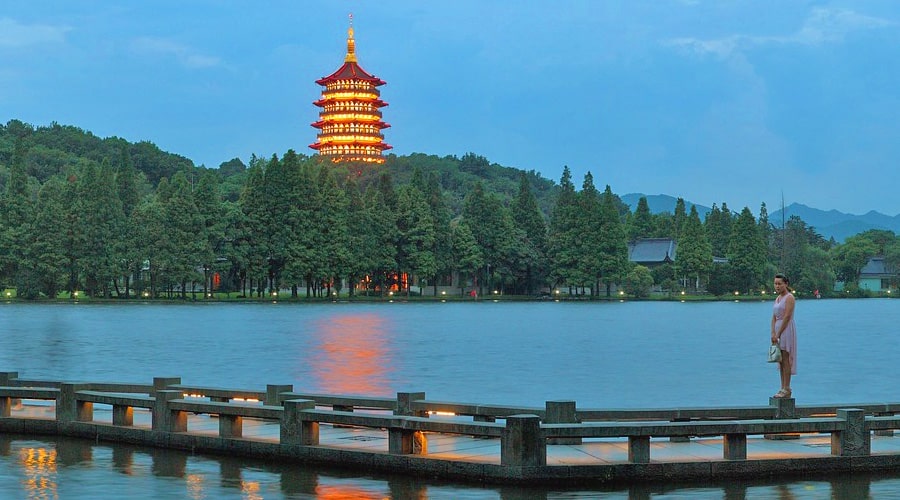
Built in 1970, Liuhe Pagoda (Six Harmonies Pagoda) is a masterpiece construction located on Yuelun Hill overlooking the Qiantang River in Hangzhou, China.
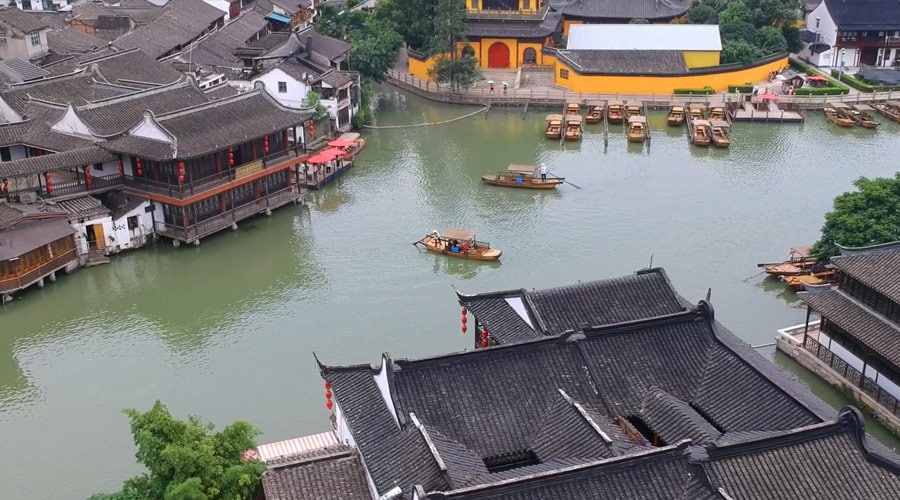
Zhujiajiao Water Town is one of China’s top four cultural ancient towns reputed as “Venice of Shanghai” with a history of more than 1,700 years in Shanghai.
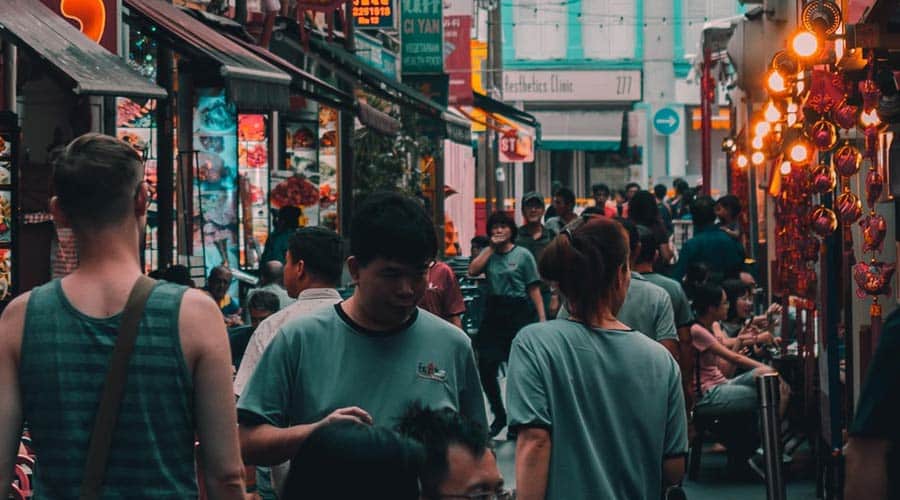
Chunxi Road is a shopping district, but it is also an excellent place to have some fun, take a rest, taste different international & Sichuanese food, and experience the life of Chengdu locals.
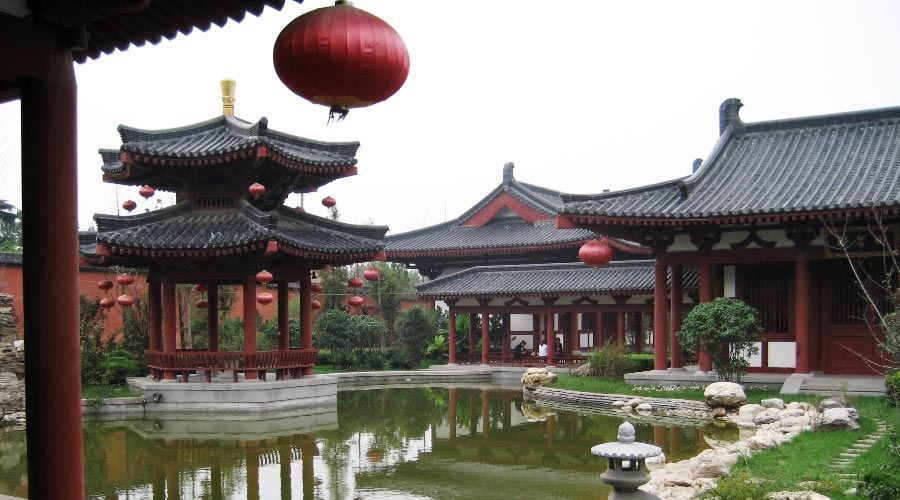
Huaqing Pool (Huaqing Palace) is a fantastic hot spring complex in the eastern neighborhood of Xi’an, which used to be the Imperial Pools of the Tang Dynasty.